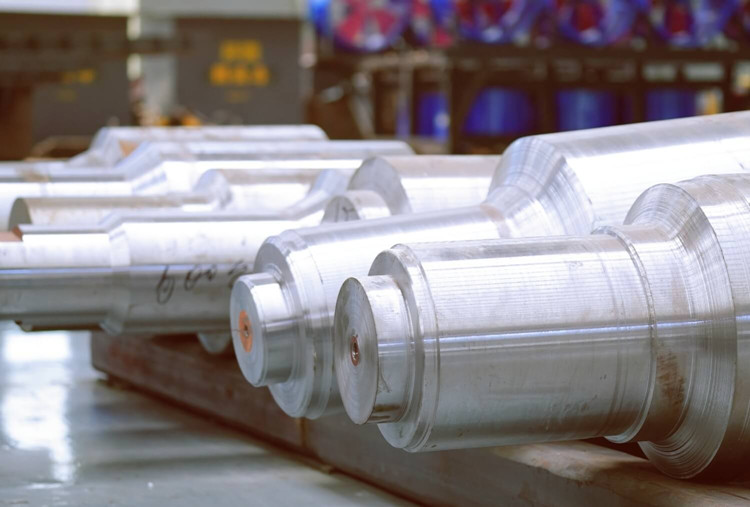- tyler@kirail.com
- +86 15603721115
In order to facilitate the spinning of metal blanks, reduce deformation resistance, and save equipment energy, the following methods are generally used in the forging process:
1. Master the material characteristics of forgings and choose reasonable deformation temperature, speed and degree.
2. Promote the uniformity of material chemical composition and organization, such as high-temperature homogenization treatment of large high-alloy steel ingots to improve the plasticity of materials.

3. Choose the most favorable deformation process, such as forging hard deformation, low-plasticity high-alloy steel forgings, in order to make the surface upsetting of the material under pressure to prevent tangential stretching and cracks, the forging sleeve upsetting process can be used.
4. Use different tools. Correct use of tools can improve the unevenness of deformation. For shaft forgings, V-shaped anvils or round anvils can be used to increase the surface pressure forgings, thereby improving plasticity and preventing the generation of surface and core cracks.
5. Improve the operation method, reduce friction and cooling during forging. For example, for cake forgings with low plasticity, the process of upsetting two pieces at the same time and then upsetting each piece by 180° can be used to solve the problem.
6. Better lubrication measures can improve the surface condition of forgings and dies, reduce the influence of friction, obtain uniform deformation, and thus reduce deformation resistance.